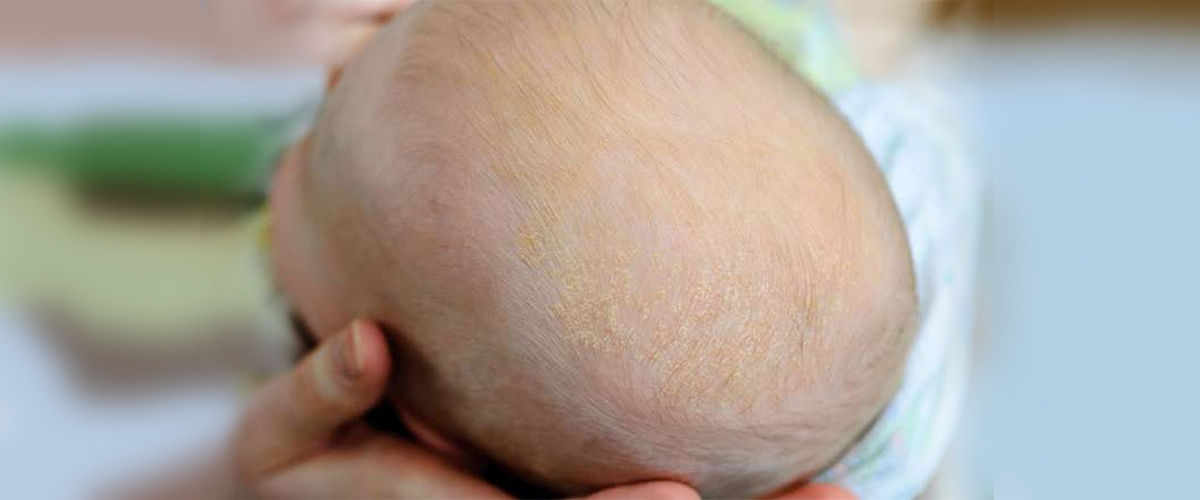Babies often seem to have such flawless skin, so it can be especially concerning when they develop any kind of skin condition. Fortunately, Cradle Cap, a form of seborrhoeic dermatitis, is not something to lose sleep over since it’s not itchy or contagious and although it might look uncomfortable for babies, they’re generally not bothered by it.
-
QV Baby 2 in 1 Shampoo & Conditioner
QV Baby 2 in 1 Shampoo & Conditioner
Gentle formula to cleanse and condition hair.VIEW PRODUCT


